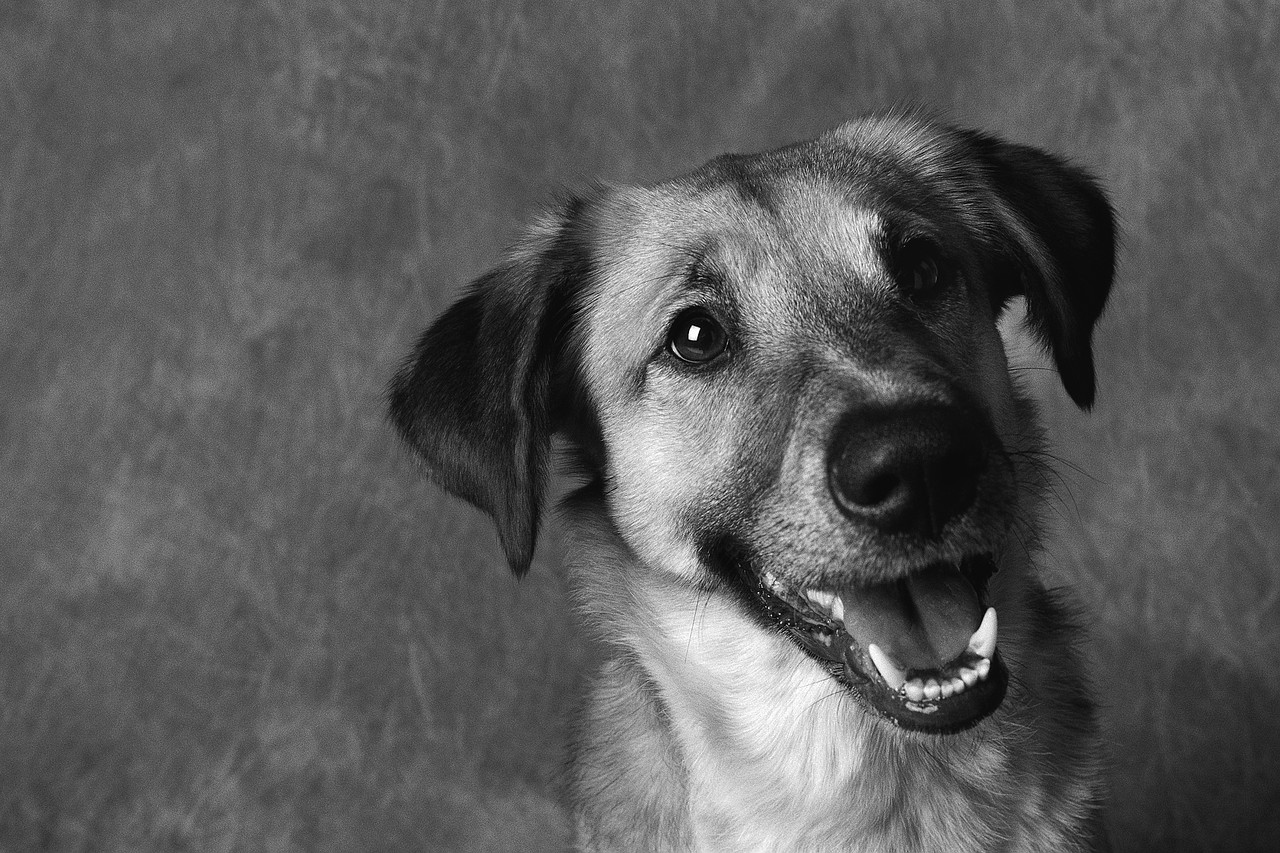From StratfordBeaconHerald.com “A $405,000 grant through the province’s Rural Economic Development (RED) program is helping revitalize an egg-processing plant here that is converting egg “waste” into high-protein pet food products.”
“The plant had been closed for about four years. Walz explained that the company processes whole-egg waste from egg-grading plants and turns it into powdered pet food, which has up to 50% protein.”
“In addition, the plant extracts egg white from discarded egg shells and produces liquid egg white that can be used as a binding agent in pet food.”
Note that the above company uses “whole-egg waste from egg-grading plants” – in other words, eggs rejected for use as human food – and turns it into powdered pet food ingredients. Waste, eggs rejected for human use, become pet food.
A Google search of “what is whole-egg waste from egg-grading plants” finds the following as the first result…
“Egg liquids salvaged from non-edible eggs of egg grading plants were acidified to pH 4.0–4.5 with 3.4 N HCl and successfully stored at 13° C. for up to 10 days. After storage the acidified egg liquids were treated with 92% equivalency of 3.4 N NaOH after which egg meats were cooked and incorporated into a specialty pet food formulation.” (From Poultry Science Association)
Egg liquids were (and we have to assume are still) treated with NaOH…which is “Sodium Hydroxide, which is also commonly referred to as Caustic Soda, Caustic or Lye.” Yes…Lye…as in soap.
Wouldn’t lye (or sodium hydroxide) be dangerous for pets to consume? Yes it is.
The Material Safety Data Sheet for Sodium Hydroxide states “Danger! Corrosive. Harmful if swallowed or inhaled. Causes burns to any area of contact. Reacts with water, acids and other materials.”
Potential Health Effects
“Ingestion: Corrosive! Swallowing may cause severe burns of mouth, throat, and stomach. Severe scarring of tissue and death may result. Symptoms may include bleeding, vomiting, diarrhea, fall in blood pressure. Damage may appear days after exposure.”
The pet food ingredient that could be made from waste eggs would be listed as “egg product” on the pet food label. If your choice of pet food contains this ingredient, call the manufacturer and ask if the eggs are sourced from “whole-egg waste from egg-grading plants” or if the egg product is sourced from USDA approved eggs. If the manufacturer representative doesn’t know or won’t tell you, you might want to consider a new pet food.
It continues to baffle me as to why regulatory authorities continue to allow the pet food industry to be the dumping ground for all things waste. Regardless of federal law, regardless of the potential hazard to the pet consuming these waste ingredients…pet food continues to be THE place to sell your garbage.
Wishing you and your pet(s) the best,
Susan Thixton
Pet Food Safety Advocate
Author, Buyer Beware
Co-Author Dinner PAWsible
TruthaboutPetFood.com
PetsumerReport.com
What’s in Your Pet’s Food?
Is your dog or cat eating risk ingredients? Chinese imports? Petsumer Report tells the ‘rest of the story’ on over 2500 cat foods, dog foods, and pet treats. 30 Day Satisfaction Guarantee. www.PetsumerReport.com
Have you read Buyer Beware? Click Here
Cooking for pets made easy, Dinner PAWsible
Are you subscribed to Truth About Pet Food Newsletter? Click Here to subscribe
Follow Truth about Pet Food on Twitter
Become a Fan of Truth about Pet Food, Dinner PAWsible, Buyer Beware on Facebook
Find Healthy Pet Foods in Your Area Click Here




































